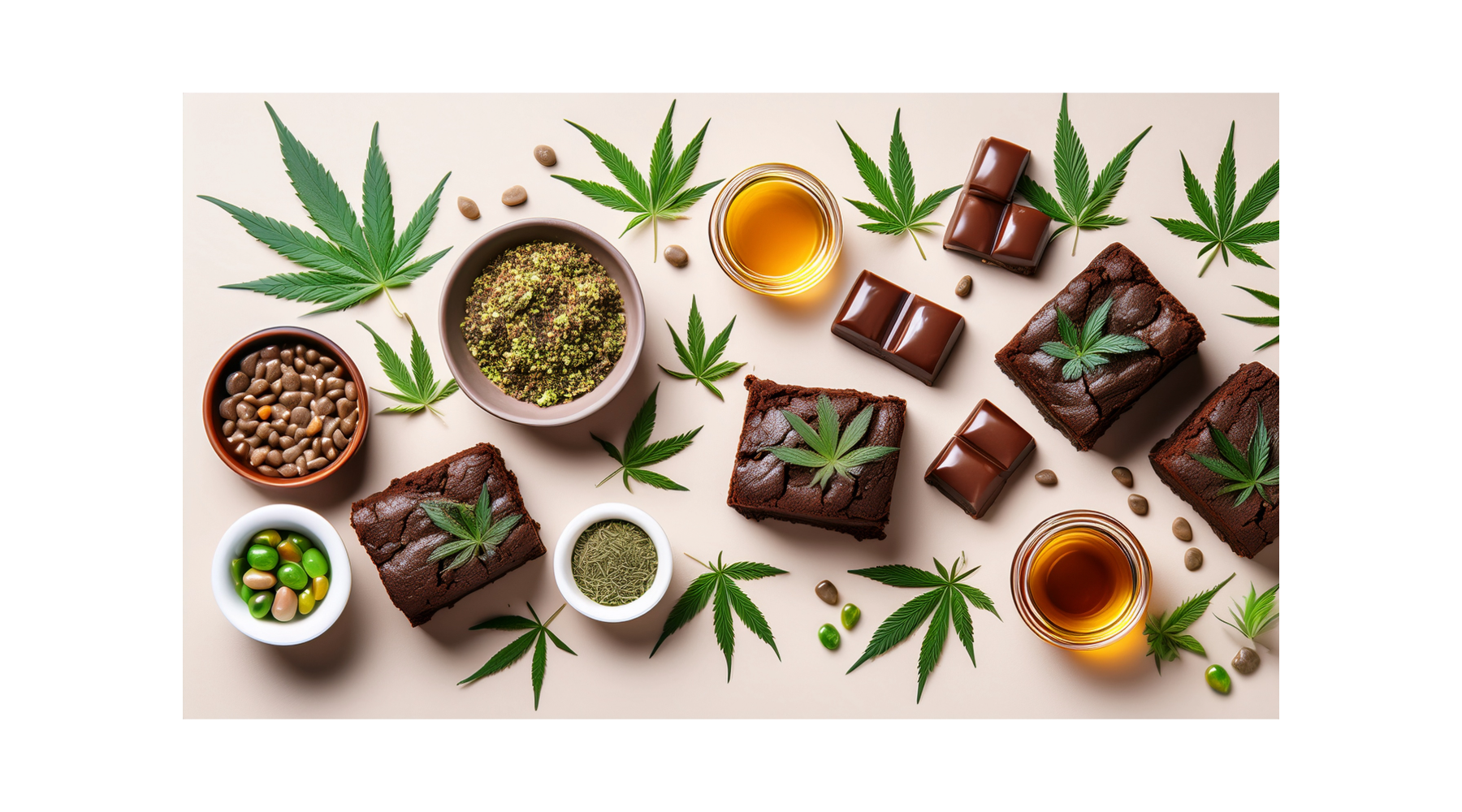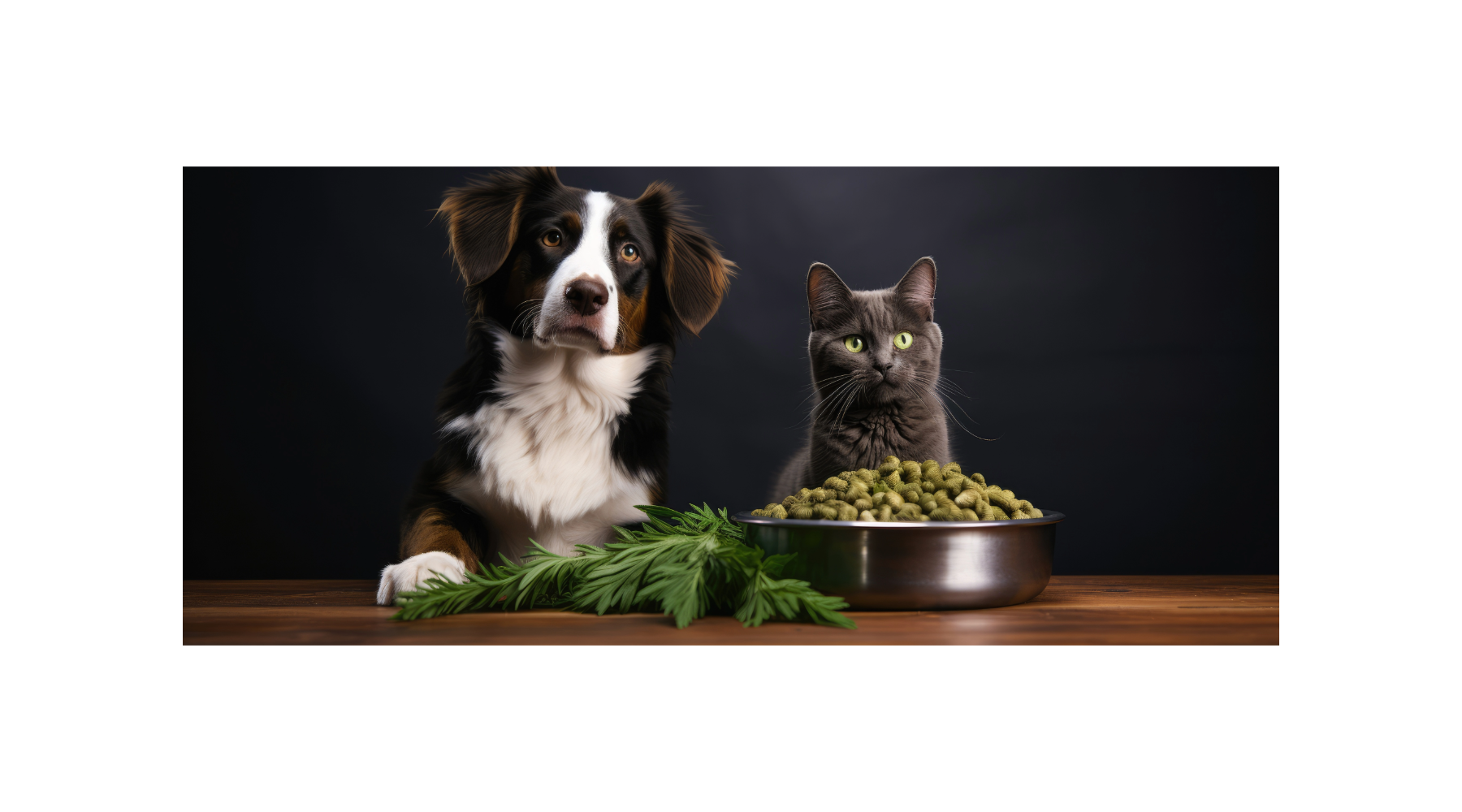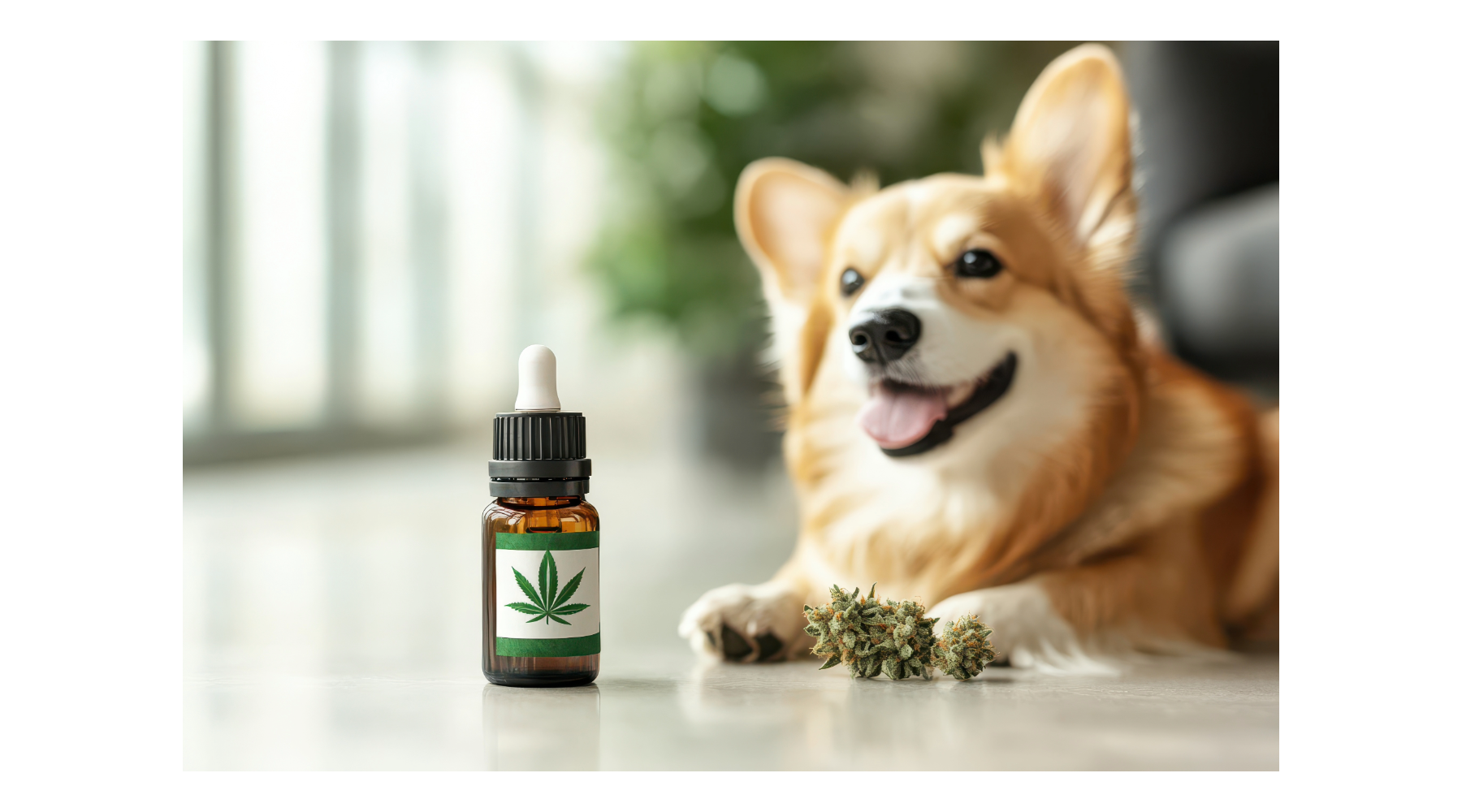Marijuana has come a long way since its early days of use. Once stigmatized and illegal in many places, cannabis is now widely embraced for both recreational and medicinal purposes. Alongside this cultural shift, the types of marijuana products have evolved dramatically over the years. From the simple flower bud to the array of innovative THC-infused products available today, the cannabis industry has undergone an exciting transformation. Let's take a closer look at how marijuana products have evolved over the years and how these changes have shaped the way we consume cannabis today.
The Early Days: The Flower Bud
For most of cannabis' history, the primary form of marijuana consumption was the flower bud. This is the part of the cannabis plant that contains the highest concentration of THC (tetrahydrocannabinol), the psychoactive compound responsible for marijuana's effects. People typically smoked or vaporized the dried buds, often in joints, pipes, or bongs. Cannabis consumption was mostly a simple, straightforward experience.
For many, marijuana was synonymous with the "classic joint" or "blunt." While there were other methods of consumption like edibles or tinctures, these were relatively less common, and marijuana was still largely a "counterculture" experience.
The Rise of Concentrates: A More Potent Experience
As the demand for marijuana grew and the industry expanded, so did the desire for more potent and efficient ways to consume cannabis. Enter concentrates. Concentrates are made by extracting the potent cannabinoids (like THC and CBD) from the cannabis plant, resulting in a much stronger product than traditional flower. These products include wax, shatter, budder, and live resin, all of which offer higher THC levels and can be consumed in various ways.
Concentrates were a game-changer for the marijuana industry. They allowed consumers to experience stronger effects with less material. This made concentrates particularly appealing for medical marijuana patients who needed higher doses of THC to manage conditions like chronic pain or insomnia.
Vaping: A More Discreet and Convenient Option
As the demand for cannabis concentrates grew, vaping emerged as a popular method of consumption. Vaping involves heating concentrates (or flower) to a temperature that releases cannabinoids in the form of vapor, rather than smoke. This method offers a smoother experience with less harshness on the lungs compared to traditional smoking.
Cartridges filled with cannabis oil became an incredibly popular way to vape. These pre-filled cartridges could be attached to a small, portable vaporizer pen, allowing users to discreetly consume THC without the telltale odor or large clouds of smoke. Vaping became particularly appealing to those who wanted a convenient, portable, and low-profile way to enjoy cannabis.
The Explosion of Edibles and Drinks
As marijuana gained widespread legal acceptance in several states and countries, the industry began to diversify, and products like edibles and drinks started to take center stage. Edibles—food items infused with THC—have existed for quite some time, but their popularity skyrocketed in the last decade.
Cannabis edibles come in a wide variety of forms, from traditional options like brownies and gummies to newer, more creative products like chocolates, cookies, and even savory dishes. With the precise dosing of THC in each edible, users can control their intake more easily, though they must also be mindful of the delayed onset time—edibles can take 30 minutes to 2 hours to take effect.
Alongside edibles, cannabis-infused beverages also began to emerge. THC-infused drinks, such as sodas, teas, sparkling waters, and even coffee, provide a more refreshing and social way to consume cannabis. These drinks appeal to those who might not enjoy smoking or the lingering effects of edibles, as they tend to offer a faster onset of effects, akin to smoking or vaping.
Topicals: Marijuana for Skin Care and Pain Relief
Cannabis products have also made their way into the world of skincare and wellness. Topicals—creams, lotions, balms, and oils infused with THC or CBD—are applied directly to the skin and do not produce a high, making them ideal for those seeking relief from localized pain, inflammation, or skin conditions like acne or eczema.
Topicals have grown in popularity among people looking for non-psychoactive ways to benefit from cannabis. For example, athletes use cannabis-infused balms to soothe sore muscles, while others seek relief from arthritis or joint pain. These products highlight the versatility of cannabis beyond just recreational use, offering therapeutic properties that appeal to a broad audience.
The Future: Beyond Smoking and Edibles
The cannabis industry continues to innovate, with new products hitting the market regularly. From THC patches and transdermal creams to cannabis-infused face masks and pet products, there’s no telling what the future holds. As cannabis becomes more normalized and accepted, the variety of products available will likely continue to expand, making it easier for people to incorporate cannabis into their lives in a way that suits their needs and preferences.
Conclusion
The evolution of marijuana products has been nothing short of remarkable. What began as a simple flower bud consumed by smoking has evolved into a multi-billion-dollar industry with a vast array of products catering to every need and preference. Whether you're a traditional smoker, a fan of concentrates, an edible enthusiast, or someone looking for a pain-relief lotion, there’s a cannabis product for you. As the industry continues to grow and innovate, one thing is clear: marijuana is no longer just about the flower—it's about creating experiences, offering wellness solutions, and providing a multitude of ways for people to enjoy the benefits of cannabis.
































